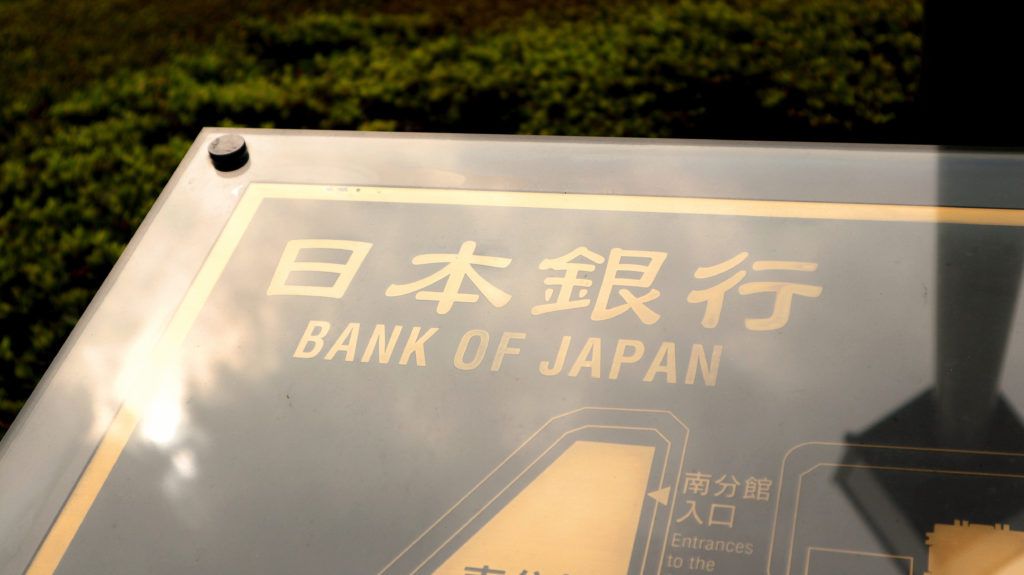The Bank of Japan has provided in-depth research on the benefits and outcomes of central bank digital currency (CBDC) integration within the existing financial system.
Professors Noriyuki Yanagawa from the University of Tokyo’s Graduate School of Economics and Hiromi Yamaoka from the Institute for Monetary and Economic Studies prepared a detailed working paper for the Bank of Japan.
The authors explored issues relating to the digital form of money and cryptocurrencies’ influence on the existing monetary system and economy as a whole. They stated:
The debates on central bank digital currencies are now gathering great attention from worldwide. Although many of major central banks, including the Bank of Japan, do not have an immediate plan to issue digital currencies that can replace banknotes, some central banks are seriously considering whether they should issue digital currencies in the near future or have already issued them as pilot studies.

Two Forms of Money
Basically, there are two types of money issued by central banks as their liabilities:- Paper money used by ordinary people for their everyday needs
- Central bank deposits used for large value settlements between banks
- CBDCs for the general public (instead of existing coins and banknotes)
- CBDCs for large inter-bank settlements based on distributed ledger technologies (DLT)

CDBC Benefits
At this stage, the issuance of CBDCs is not considered as a possibility for the foreseeable future. However, certain benefits associated with virtual currencies support the growing interest in the new form of money.More Efficient, Less Expensive
New technologies behind cryptocurrencies allow for enhanced efficiency in the existing settlement infrastructure. Moreover, digital money will reduce the costs related to money printing, the storage and distribution of paper-based banknotes, and the replacing of old and worn out banknotes with new ones.More Security With Less Money Laundering and Illegal Activity
Digital money is considered more secure and less vulnerable to forgery. Also, contrary to popular belief, virtual coins are less anonymous than paper money. As banknotes bear no other information except their value, they are convenient for money laundering, tax avoidance, and other criminal activity. In this context, the authors of the paper argue that CBDCs used by the general public can reduce the risks of illegal financial activities.More Stability and Support for Monetary Policy
The authors of the paper make an interesting argument when they state that CBDCs can improve financial stability. By issuing CBDCs — and replacing bank deposits with them — regulators will prevent banks from using maturity transformation, which is considered as one of the key destabilizing factors within the financial system.
CBDC Risks
There are pros and cons to every scenario. The aforementioned benefits come at a price — and central banks must evaluate the risks associated with digital money. Standard banks will suffer the most. According to the researches, newly issued CBDCs may lead to a massive outflow of funds from banks — leaving them in a vulnerable position, due to dried up liquidity. Apart from that, interest-bearing CBDCs might crash interest rates on bank deposits and prevent them from providing loans to those who need them. This may result in distorted resource allocation in the economy. Also, CBDCs may suffocate technological innovation and eliminate private payment systems.Who Else is Considering CBDCs?
Global central banks have been looking into the concept of digital money for some time now. In May 2018, the Bank of England published a research paper devoted to different models of CBDCs and their integration into the financial system. Sweden’s Riksbank is considering the possibility of issuing digital money — due to reduced use of cash in the country. Do you think we need digital money issued by central banks? Let us know what you think in the comments below!Disclaimer
In adherence to the Trust Project guidelines, BeInCrypto is committed to unbiased, transparent reporting. This news article aims to provide accurate, timely information. However, readers are advised to verify facts independently and consult with a professional before making any decisions based on this content. Please note that our Terms and Conditions, Privacy Policy, and Disclaimers have been updated.

Tanya Chepkova
Tanya started as a financial news feed translator and worked as a financial analyst, news editor and content creator in various Russian and Foreign media outlets. She came to the cryptocurrency industry in 2016.
Tanya started as a financial news feed translator and worked as a financial analyst, news editor and content creator in various Russian and Foreign media outlets. She came to the cryptocurrency industry in 2016.
READ FULL BIO
Sponsored
Sponsored
